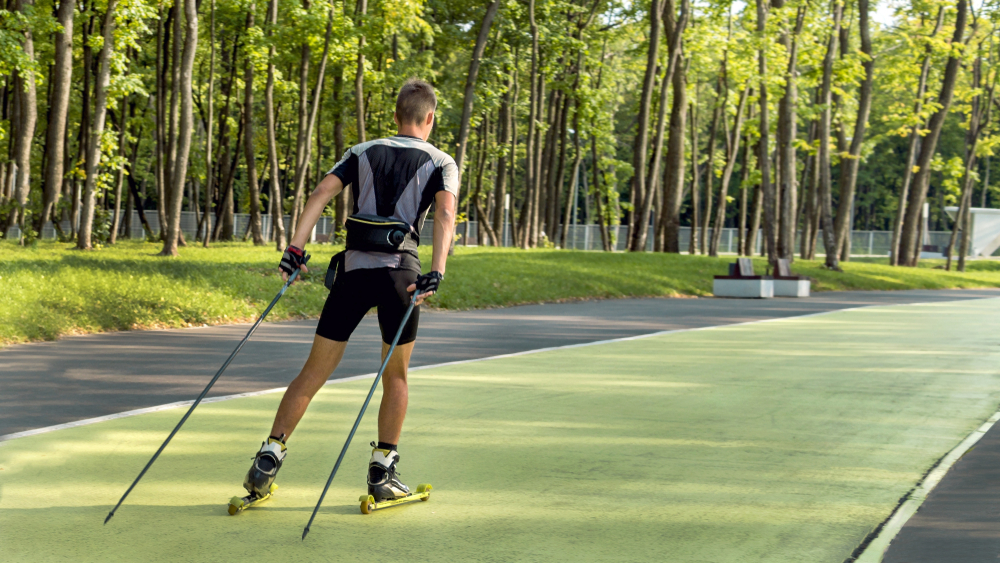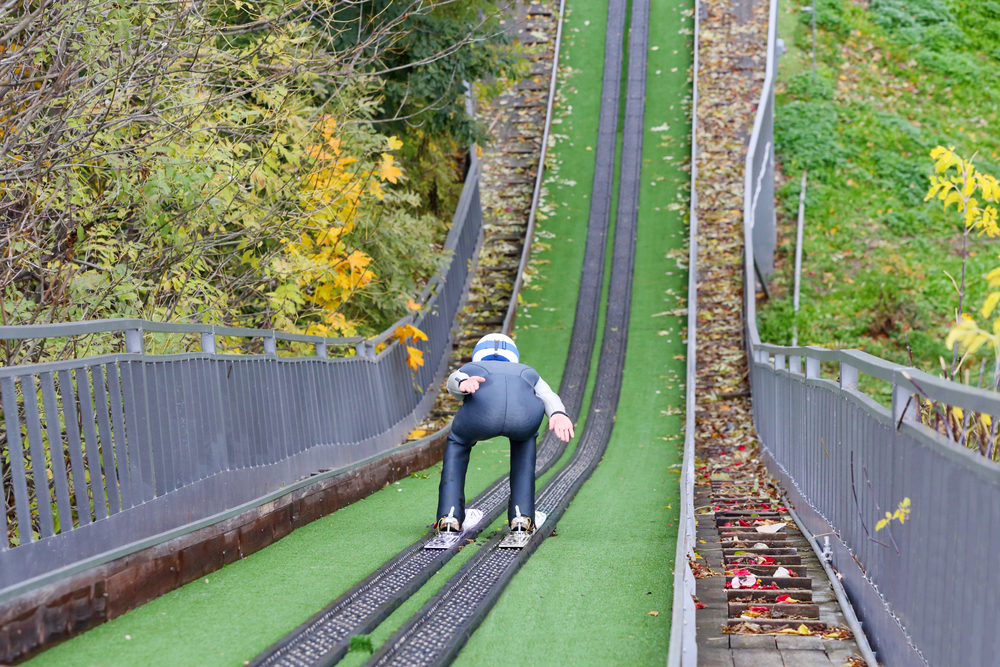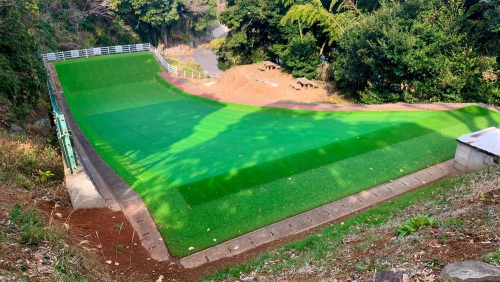Rising temperatures, decreasing snowfalls and longer wait times have upended the ski industry over the last few years, with no signs of these trends slowing down. So, what does that mean for the 18.46 million Americans who went skiing in 2023?
You may be asking, “What about artificial snow?” But coating an entire mountainside with fake powder would nearly double the industry’s water footprint and rapidly increase costs.
The Italian Alps, one of the most storied ski destinations in the world, is experiencing a green revolution as more people discover the wonders and convenience of gliding down grassy cliffs instead of frosted jumps. So, what is grass skiing, and how does it compare to other types of skiing? Read on to learn more.
Grass Skiing: What to Expect
Grass skiers use wheeled skis or rolling skis to propel themselves down the side of a mountain. Gravity sets the pace, much like alpine skiing. Participants use poles to balance, turn and stop on a dime. It combines the fun of rollerblading with the precision and thrills of downhill skiing and the scenery of hiking. You can also use this approach to explore cross-country.
It started in the ’70s as a way for downhill skiers to practice during the off-season, particularly in Europe, and has even been included in World Cup championships. However, the required technical difficulty, lack of equipment sellers and inaccessibility have limited participation in the U.S., but that could change as the climate heats up.
Grass Skiing vs. Alpine Skiing
The lack of snow changes the dynamics of the game. There’s no powder to cushion your fall, which can increase your risk of injury. The dry terrain also limits where you can ski, exposing grooves, ridges, rocks and tree roots. You need to be precise with your movements to avoid obstacles. Can I actually win at sports betting?

Fresh powder limits your speed and makes it easier to slow down. Without snow, you will accelerate faster on descents and may have trouble latching onto your surroundings. Leaning forward and back greatly influences your velocity. Use your poles and body position to pivot from the slope to slow down. Coming to a complete stop may not be an option until the path levels out, so ensure it’s clear before making your descent.
Engaging your core will help you stay in control. That’s why grass skiing is more physically intense than the downhill variety. Expect to get your fill after a few hours instead of skiing all day. The good news is that you can hit the slopes nearly year-round. You can practice more frequently, although for shorter periods.
Grass Skiing Equipment
You’ll need special skis to participate. They are shorter than downhill skis with wheels connected by a track, like a tank or bulldozer, and have adjustable bindings to fit your boots.
You can use the same poles and safety gear as downhill skiing. Wear elbow, shoulder and knee pads to get back up and keep riding if you fall. You can use a full-face or half-face helmet to ski on the grass. Pair it with a ski helmet communication headset to chat wirelessly via Bluetooth while you train. Your coach can give you real-time tips as you learn the ropes. It’s perfect for communicating during all your outdoor adventures.
In terms of apparel, you can wear hiking boots or tennis shoes instead of waterproof boots. There is no need for gloves or heavy coats. Wear light, moisture-wicking layers that dry quickly when wet, and use sunscreen and bug spray to keep the elements at bay.
How to Start Grass Skiing
The sport remains niche throughout the U.S., so you might have trouble finding people and places open to the idea. Many ski resorts have yet to offer it during the off-season. Without the proper infrastructure, you might have to hike to the summit instead of taking a lift. Contact resorts and parks in your area to see if they offer the sport.

Going with a friend will help you navigate and assess the risk of runs. To get a group together, try talking your ski buddies into trying a new activity. You can also look for like-minded individuals on social media.
Don’t expect your downhill skiing skills to transfer to grass. Put your pride aside and learn how to keep your balance on flat terrain before tackling hills. Look for wide slopes with gradual inclines and few obstacles. Watch out for hikers, pedestrians and off-road recreational vehicles.
Despite recent interest, it’s too soon to say whether grass skiing will experience the resurgence it deserves. However, more resorts, athletes and equipment retailers will likely shift their focus to this green new horizon as snow becomes increasingly hard to find. You may still prefer the chills and thrills of snow skiing after your first run, but grass is the next best thing.

